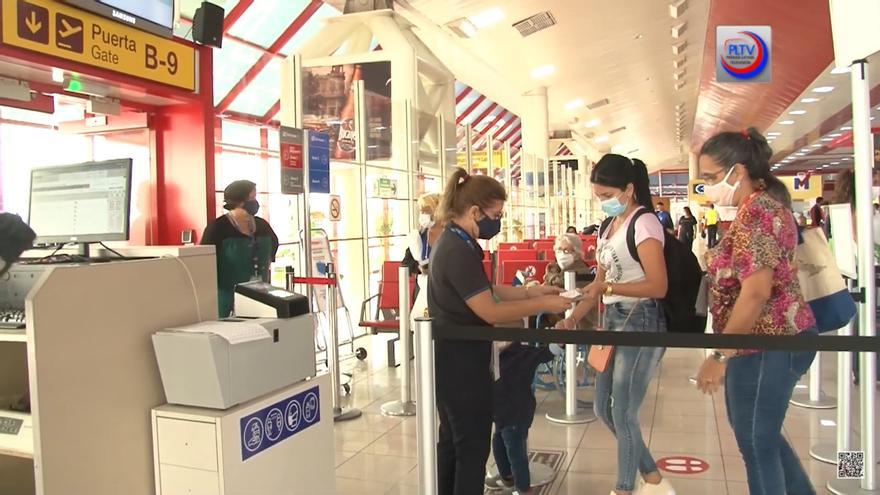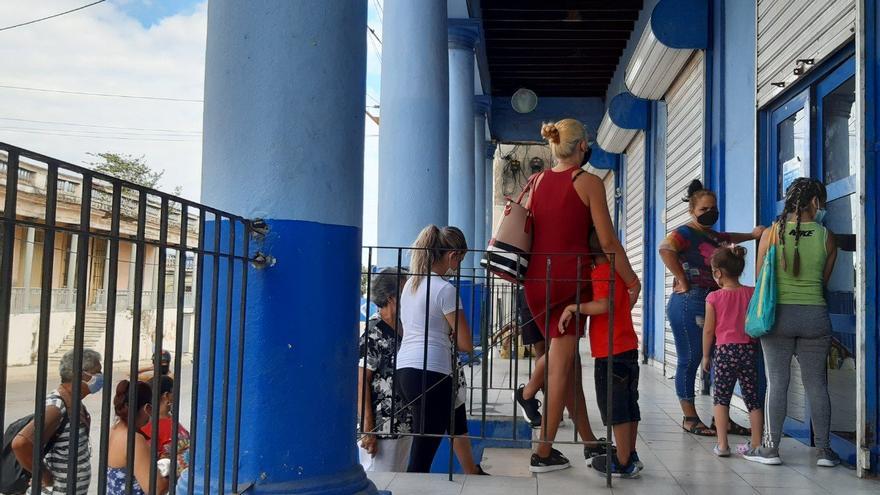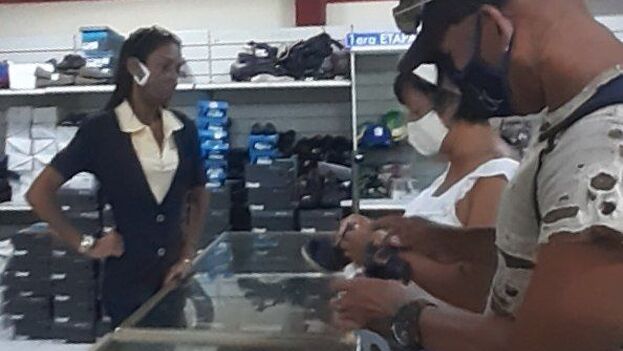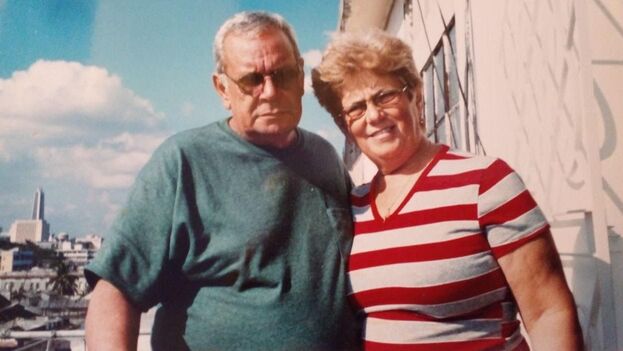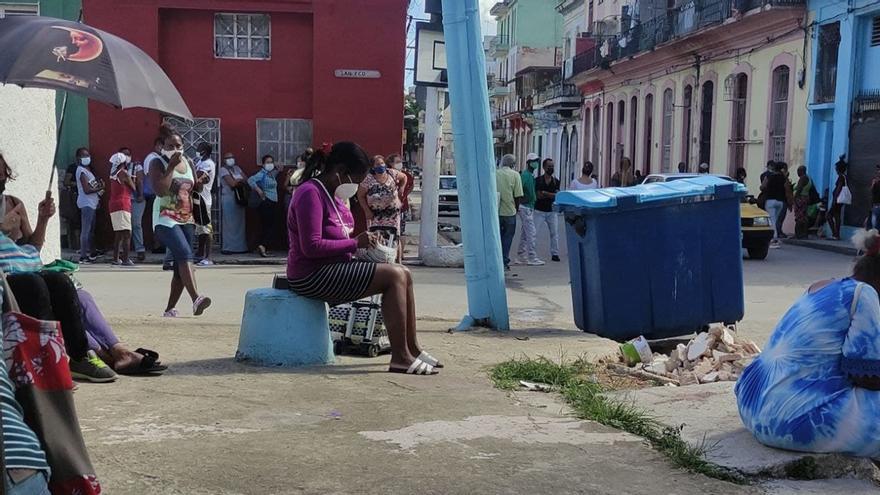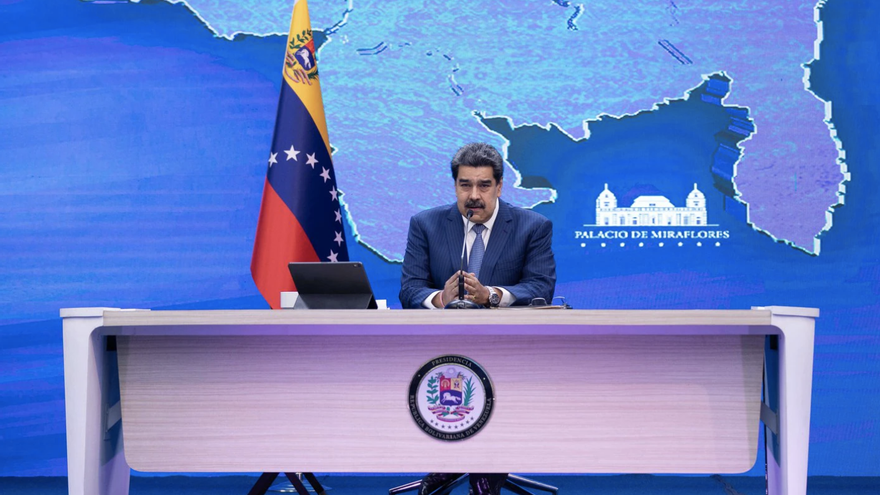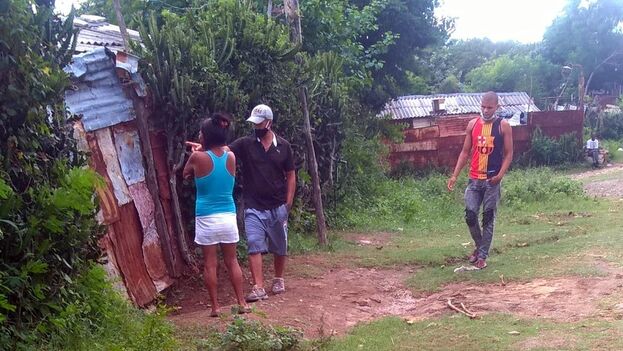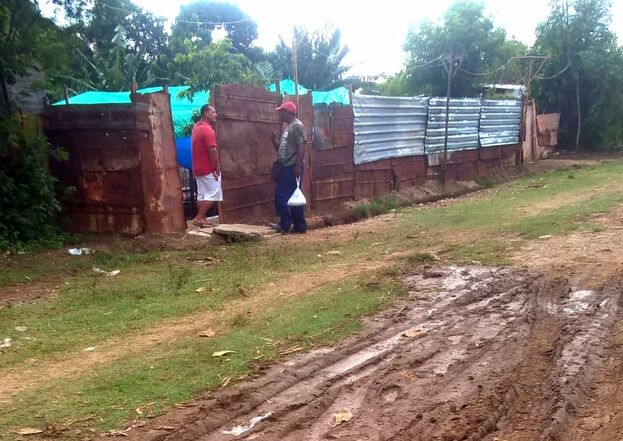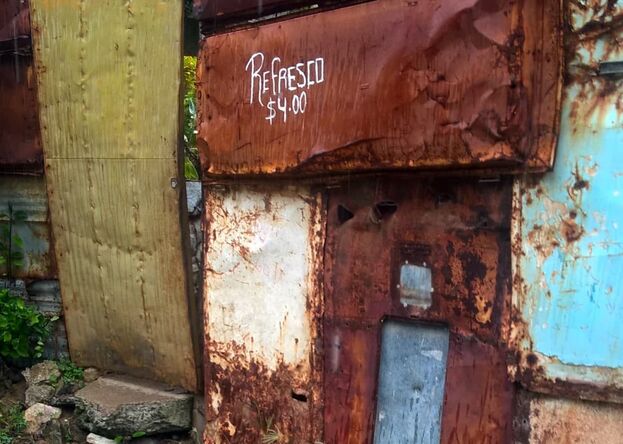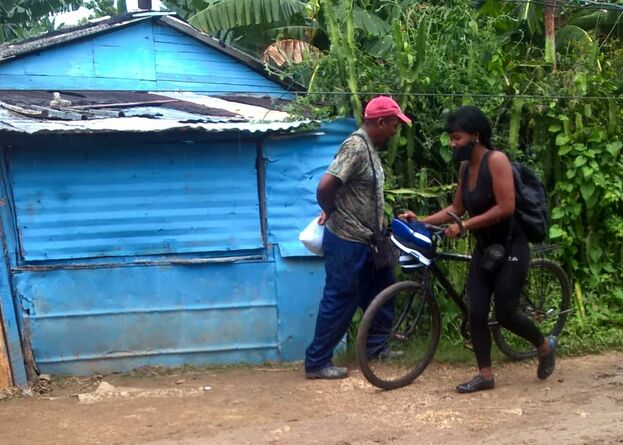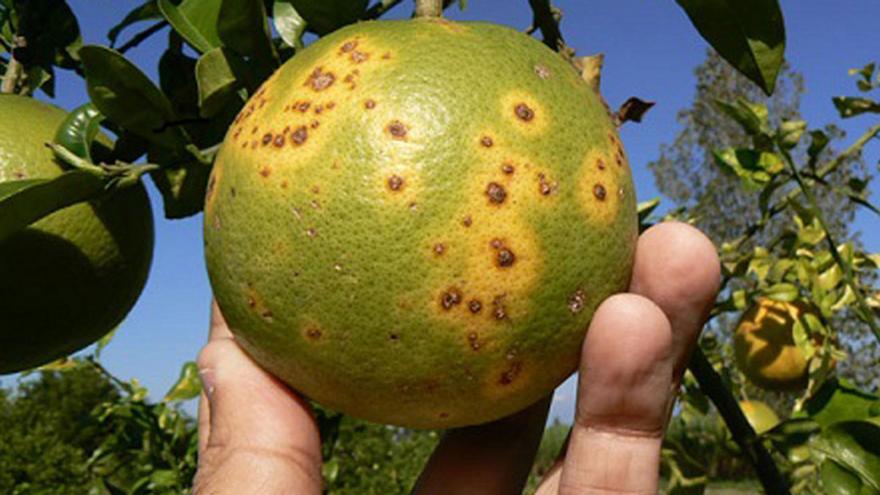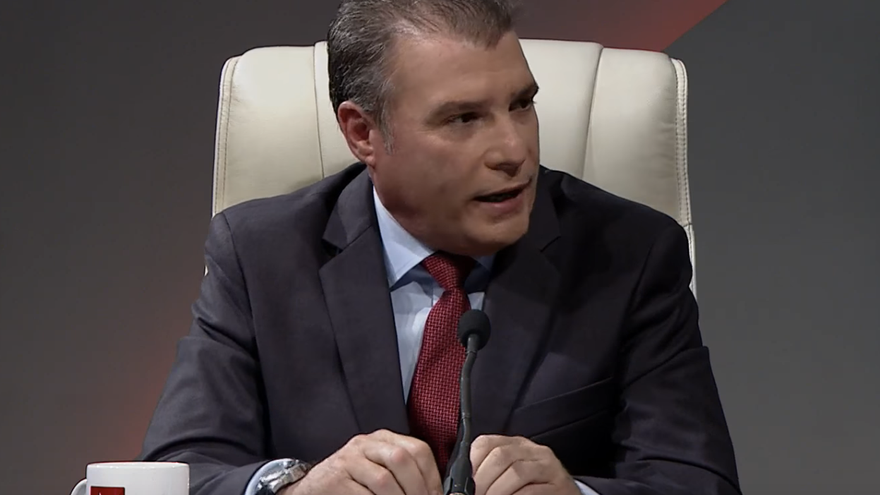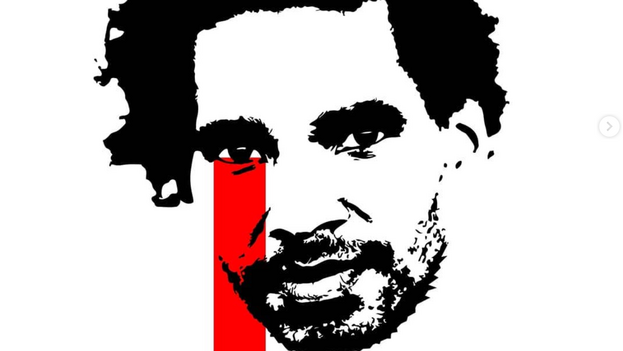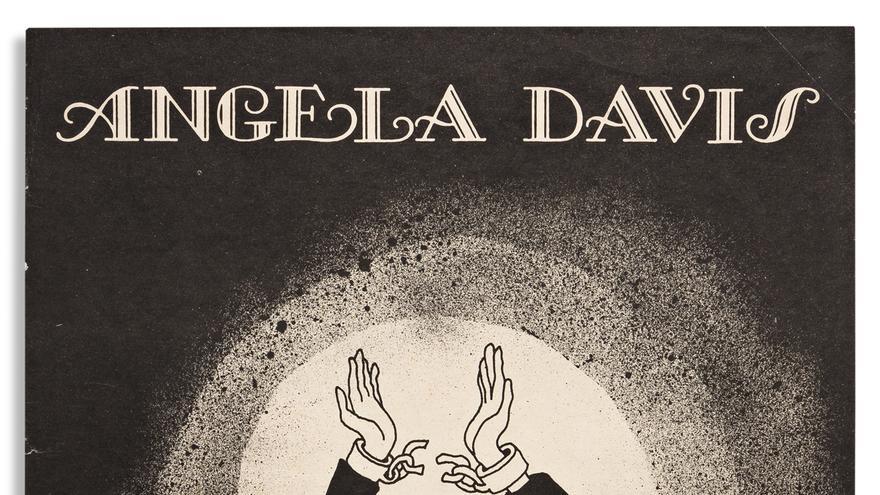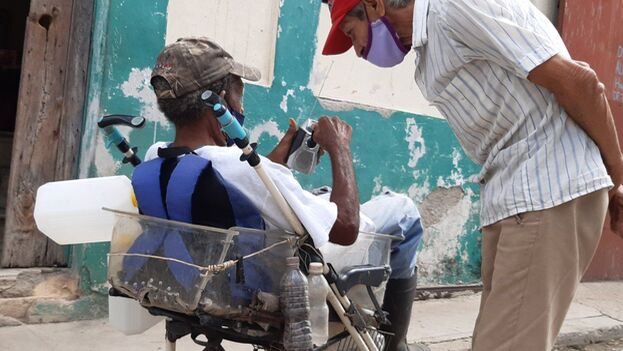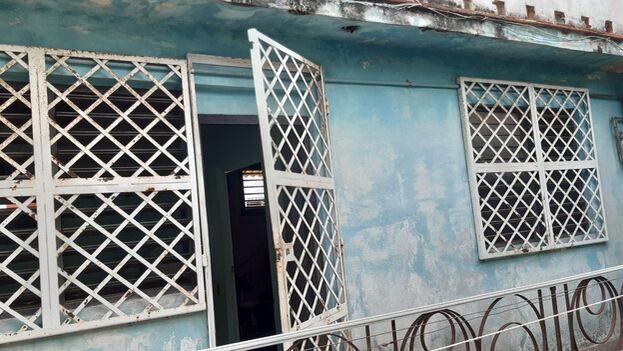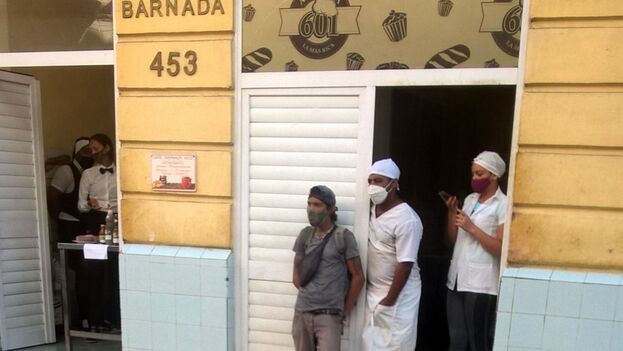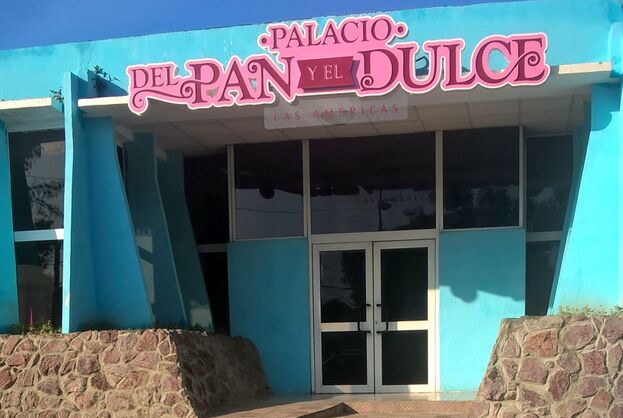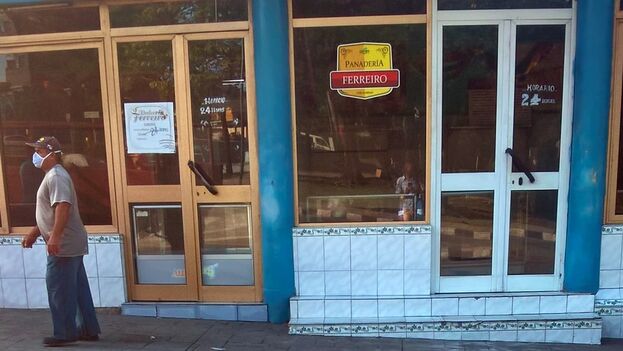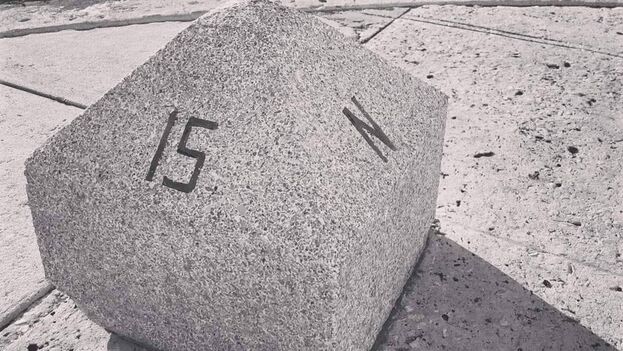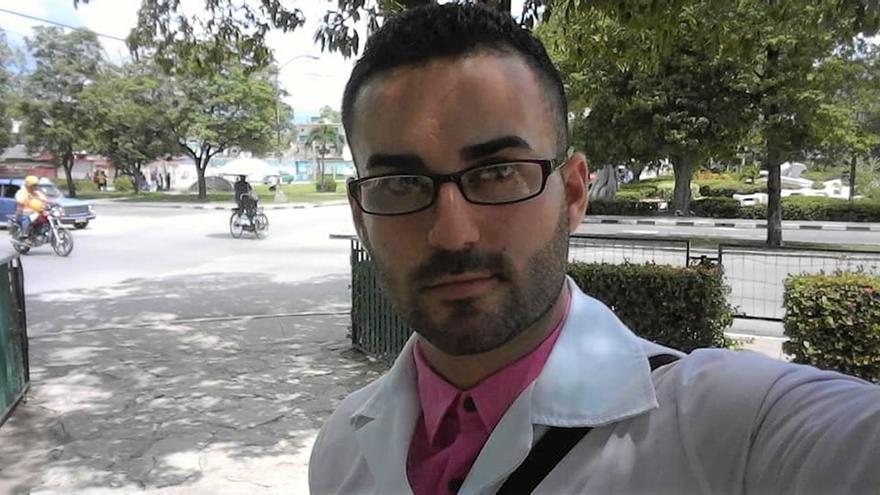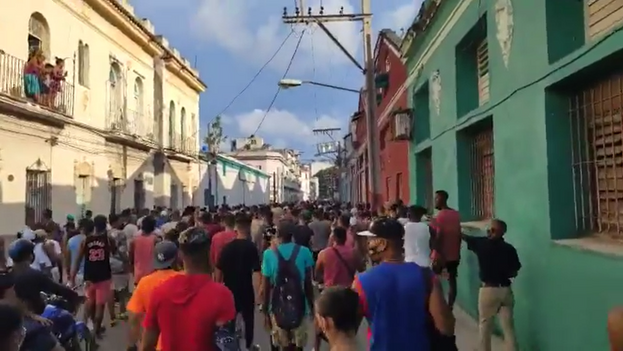
![]() 14ymedio, Carlos Alberto Montaner, Miami, 7 November 2021 — I have not been able to find out, for sure, why Raúl Castro authorized the appearance of Carlos Lage asking for “deep changes.” Lage is the former Cuban vice president purged a few years ago along with former Foreign Minister Felipe Pérez Roque. I have asked the experts in the Cuban nomenclature. Dr. Pedro Roig attributed it to Raúl’s arteriosclerosis and that he has never been accused of being intelligent. It was, of course, a boutade. If anyone is aware that the general doesn’t do something for nothing, it’s this historian and lawyer, former Director of Radio and TeleMartí.
14ymedio, Carlos Alberto Montaner, Miami, 7 November 2021 — I have not been able to find out, for sure, why Raúl Castro authorized the appearance of Carlos Lage asking for “deep changes.” Lage is the former Cuban vice president purged a few years ago along with former Foreign Minister Felipe Pérez Roque. I have asked the experts in the Cuban nomenclature. Dr. Pedro Roig attributed it to Raúl’s arteriosclerosis and that he has never been accused of being intelligent. It was, of course, a boutade. If anyone is aware that the general doesn’t do something for nothing, it’s this historian and lawyer, former Director of Radio and TeleMartí.
The inquiry led me to another point. It was a proxy target. The real target was Miguel Díaz-Canel. The Cuban president is in trouble. The frighten him with Lage’s presence. If his repressive strategy against the kids of November 15 goes wrong, he will have to pay a high price. He is not backed by any individual or institution. The Party doesn’t want him. Neither do the generals. “The puppeteer Raúl Castro showed him that if he can make Lage reappear, he can make Miguel Díaz-Canel disappear.” It may be true, but that is evident. If Raúl asks Díaz-Canel to resign, he has to resign, even though he disguises himself as a patriot and pretends to be more communist than Lenin.
Díaz-Canel has no way to win that battle. Security can run over the young artists of “Archipiélago”, the association that called for the march. But what it would not be able to do is restore its revolutionary enthusiasm. That’s dead, kaputt, rotten. It happens as it did with the Communist Party of the USSR. They had twenty million members, but the institution was dissolved by a simple decree. It is impossible to convey emotions. Silvio Rodríguez met with Yunior García Aguilera and his wife and heard them say something that is the key to the phenomenon that is happening in Cuba: young people no longer feel part of the process, what are they waiting for? Raúl to die? continue reading
Huber Matos, Eloy Gutiérrez Menoyo, Manuel Artime, Jorge Valls, Pedro Luis Boitel, Higinio “Nino” Díaz, Payá Sardiñas, Alfredo Carrión, José Ignacio Rasco and many others died. There were thousands and they were part of the process. Opposite part, but ultimately an integral part of that process. Some died and others were killed. Cuba has the golden opportunity to find a rational solution to the current crisis. Is testicular reason going to prevail again? Will thousands of Cubans have to die when it would be possible to turn the page freely consulting the whole of Cuban society?
I continue.
“It has to do with something absolutely different – the Vatican.” Cuba has penetrated (no pun intended) Pope Francis. There are cardinals who report to Havana. The pope didn’t learn that a peaceful Cuban who prayed on his knees in the square would be expelled from the Vatican. It was an intrigue of the Cuban services in collusion with Vatican Security. The pope is surrounded. At stake is a continuation of the triangle that brought Obama to Havana – the Catholic Church, represented by Cuban Cardinal Jaime Ortega Alamino, Washington and Raúl Castro. The Cuban Church is no longer part of the equation. When Ortega Alamino died, and another Cuban cardinal was appointed, any vestige of “Raulism” disappeared in the ranks of the Cuban clergy.
The Havana regime has a huge interest in continuing the exchange and in having President Biden lift the sanctions imposed by Donald Trump. They invited Cardinal Patrick O’Malley to Cuba, despite his friendship with Xavier Suárez, former mayor of Miami and father of Francis Suárez, the current mayor of the city.
However, to hide the ultimate reason for the trip, they first took him to Dominican Republic, as if it were a regular route. O’Malley, who is no fool, knows the Cuban Security game, and knows that Obama was wrong to give so many concessions without receiving anything in return. He wouldn’t recommend anything like that to Joe Biden.
The Cuban regime is so interested in the US sanctions against the island being lifted, that it is willing to campaign to have Felix Varela declared a saint. Varela was a 19th century Cuban priest, exiled, wise and pro-independence, who was a parish priest in New York during the height of the exodus of the Catholic Irish as a result of poor potato harvests.
Raúl Castro doesn’t have the same aversion to the Catholic Church as his brother Fidel had. When his daughter Mariela asked priest Carlos Manuel de Céspedes to bless her marriage to an Italian, Raúl Castro agreed… as long as it was something public and well-known. He didn’t want it to be a secret ceremony.
Clearly, the trigger is the November 15 protest. Otherwise, they wouldn’t have complained in CubaDebate, an electronic ‘rag’ that collects the “legacy” of the Castros.
____________
COLLABORATE WITH OUR WORK: The 14ymedio team is committed to practicing serious journalism that reflects Cuba’s reality in all its depth. Thank you for joining us on this long journey. We invite you to continue supporting us by becoming a member of 14ymedio now. Together we can continue transforming journalism in Cuba.

